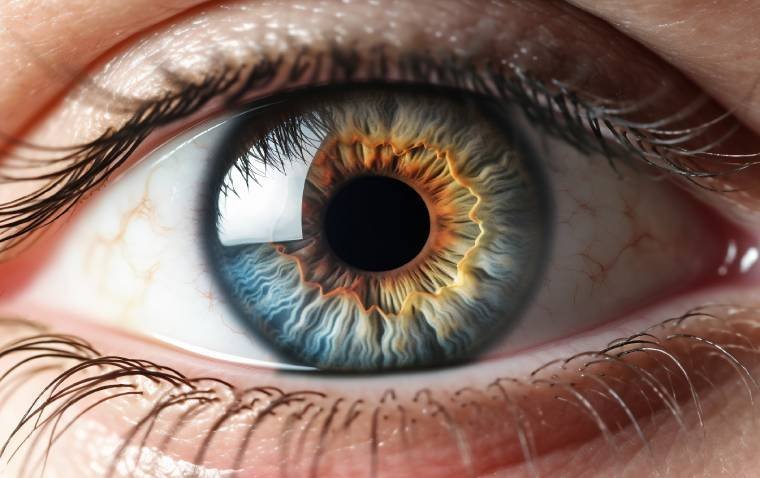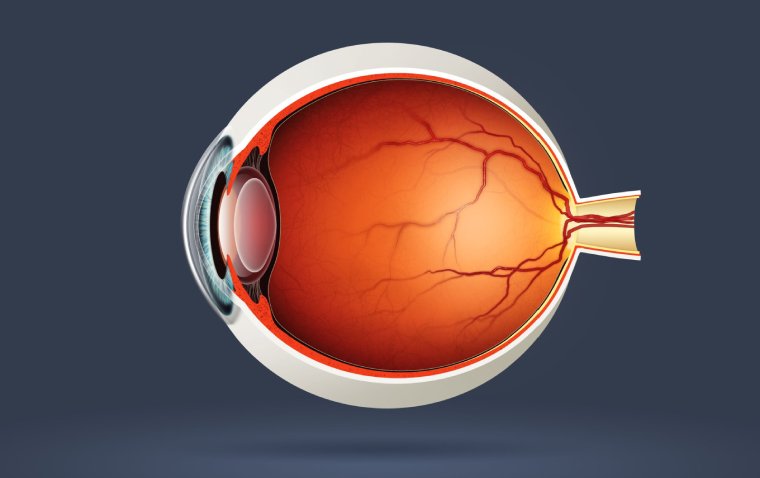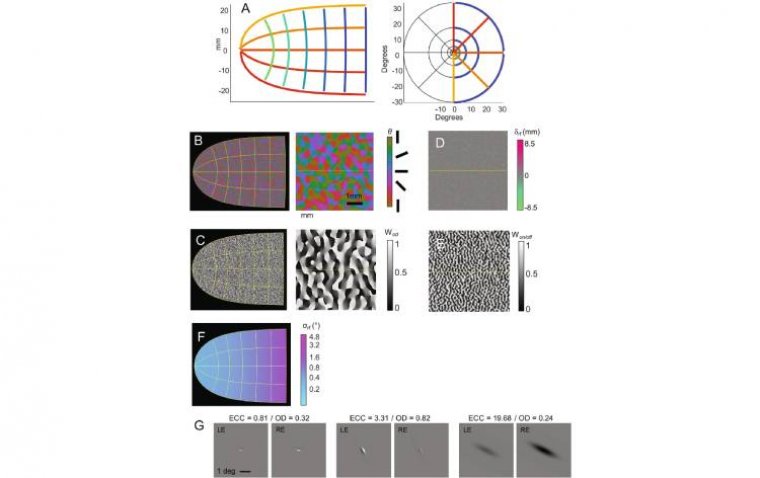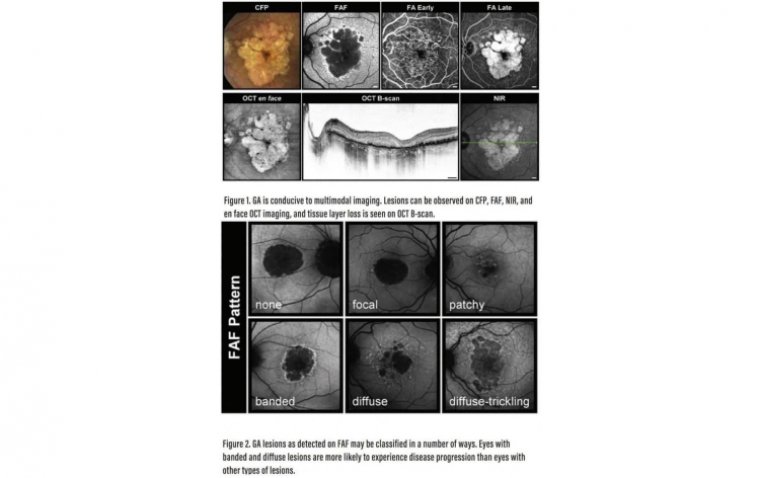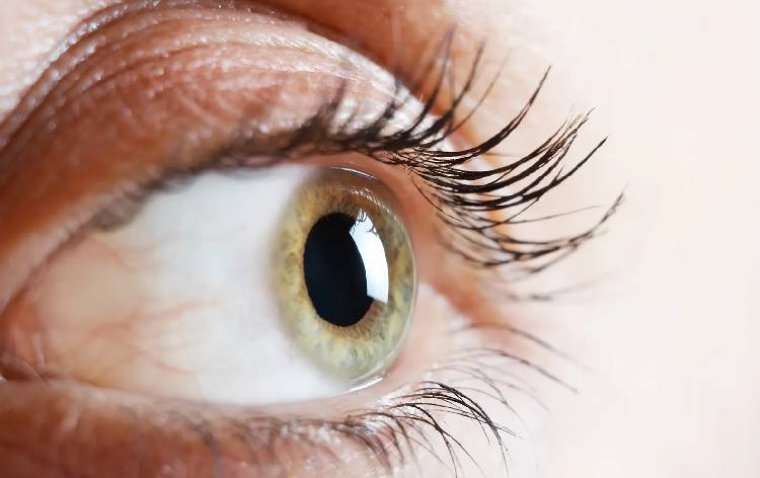
NIH Researchers Discover Potential Therapeutic Target for Dry AMD
Researchers from the National Institutes of Health (NIH) have made a significant breakthrough in understanding the dysfunction associated with waste removal in the retina, offering new insights into dry age-related macular degeneration (AMD).
A recent report from NIH and Johns Hopkins University, Baltimore, reveals how alterations in a factor known as AKT2 impact the function of lysosomes, leading to the formation of drusen—a hallmark of dry AMD.
Importance of Lysosomes in Retina Health
Lysosomes function as cellular "garbage disposals," essential for maintaining the retina's health by processing and removing waste products. Key cells in the retinal pigment epithelium (RPE) are responsible for this critical function, providing nutrients and oxygen to the retina's neurons while managing waste through lysosomes. Dysfunction in this process results in the accumulation of drusen, which increases as AMD progresses.
Study Findings on AKT2 and Dry AMD
In their study, researchers manipulated AKT2 expression levels in RPE cells in mice. Overexpression of AKT2 led to lysosomal dysfunction and symptoms of dry AMD, such as RPE degeneration. Similar defects were observed in RPE cells from human AMD donors and those generated from patient stem cells. Notably, cells from donors with the CFH Y402H gene variant, known to elevate AMD risk, exhibited higher AKT2 expression, dysfunctional lysosomes, and drusen formation.
This discovery points to AKT2-related lysosome dysfunction as a potential target for future therapeutic interventions for dry AMD, a condition currently lacking effective treatments. AMD is a leading cause of vision loss in the United States, affecting the macula, the area of the retina responsible for sharp, central vision.
Ongoing Research and Key Contributors
The study builds on prior research led by Ruchi Sharma, Ph.D., from the NEI Section on Ocular Stem Cell and Translational Research, who developed the AMD patient stem cell-derived RPE model (Sharma et al., 2021).
Kapil Bharti, Ph.D., and Ruchi Sharma, Ph.D., co-head the Ocular Stem Cell & Translational Research (OSCTR) Section within NIH's National Eye Institute Intramural Research Program.
About Dry AMD
Dry age-related macular degeneration (AMD) is a prevalent eye condition that affects the macula, the central part of the retina responsible for sharp, detailed vision. Characterized by the gradual deterioration of the retinal pigment epithelium (RPE) and the accumulation of drusen—yellowish deposits beneath the retina—dry AMD leads to progressive loss of central vision, which is crucial for activities like reading and recognizing faces.
Unlike its wet counterpart, dry AMD does not involve abnormal blood vessel growth but rather results from a slow decline in retinal function. The condition is a major cause of vision loss in older adults and is associated with aging, genetic factors, and environmental influences.
References
Ghosh S, Sharma R, et al. The AKT2/SIRT5/TFEB pathway as a potential therapeutic target in non-neovascular AMD. Nat Commun. 2024 Jul 21;15(1):6150. doi: 10.1038/s41467-024-50500-z.
Sharma R, et al. Epithelial phenotype restoring drugs suppress macular degeneration phenotypes in an iPSC model. Nat Commun. 2021 Dec 15;12(1):7293. doi: 10.1038/s41467-021-27488-x.
(1).jpg)
